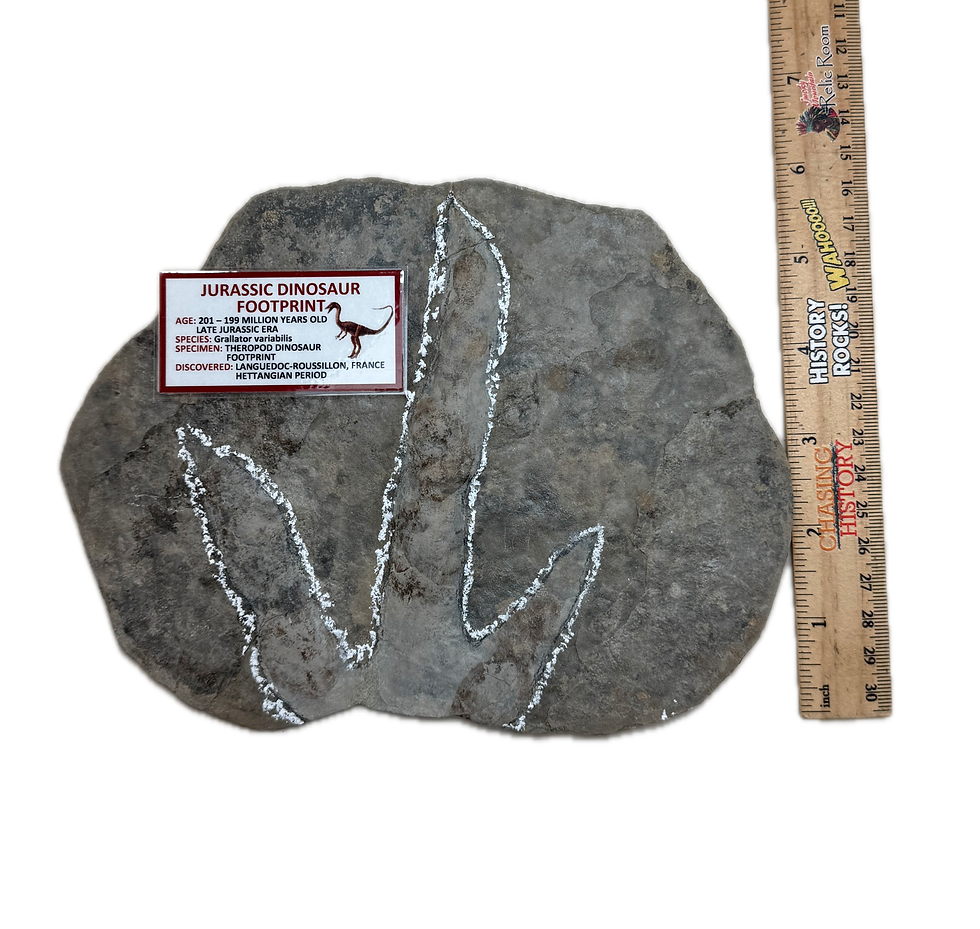The Pima County Bank in Tucson, Arizona, played a significant role in the financial and economic development of the region during the 1880s. Founded in 1879, it was one of the earliest financial institutions in the area.
During the 1880s, Tucson was experiencing a period of growth and economic expansion, primarily driven by the arrival of the Southern Pacific Railroad in 1880. This railroad connection opened up new opportunities for trade, commerce, and settlement in the region. The Pima County Bank served as a crucial financial center, supporting the needs of both local residents and businesses during this time of rapid change.
The bank offered services such as currency exchange, savings accounts, and loans, which were essential for the local community. Its presence facilitated investment in local industries, mining operations, and agriculture. As a result, the bank played a pivotal role in financing various ventures that contributed to the economic prosperity of Tucson and the surrounding Pima County.
However, the late 1880s brought challenges to the region, such as economic fluctuations and banking instability. In 1893, a nationwide financial crisis known as the Panic of 1893 had repercussions even in the remote areas of Arizona, including Tucson. This crisis had a severe impact on the Pima County Bank, leading to its closure.
Despite its eventual closure, the Pima County Bank of the 1880s remains an important part of Tucson's history. It reflects the dynamic economic landscape and the role of financial institutions in shaping the development of the American West during this era. Today, the legacy of the Pima County Bank serves as a reminder of the city's rich history and its transformation into a modern urban center.
top of page
SKU: AMER5
$165.00Price
Related Products
bottom of page





















